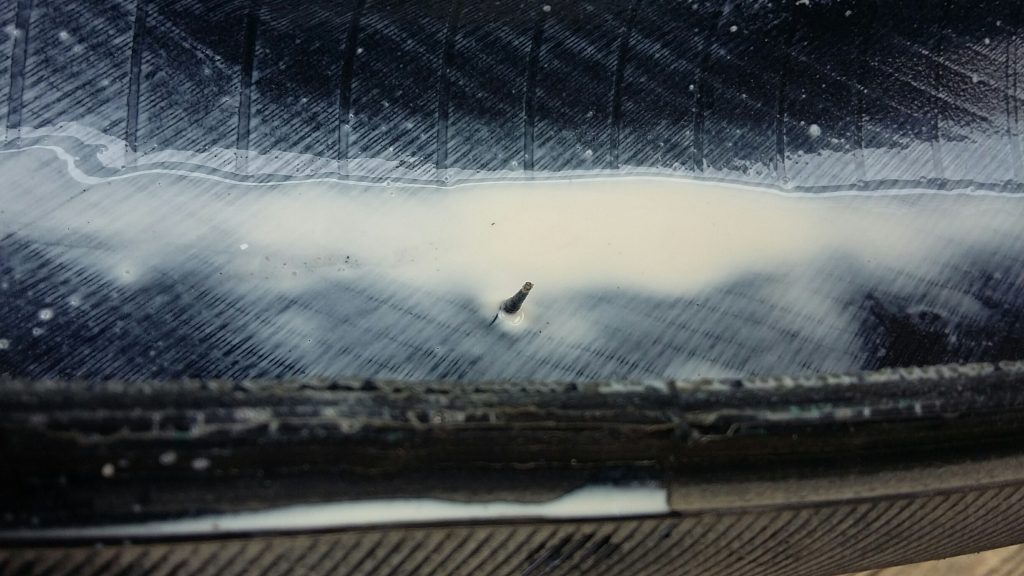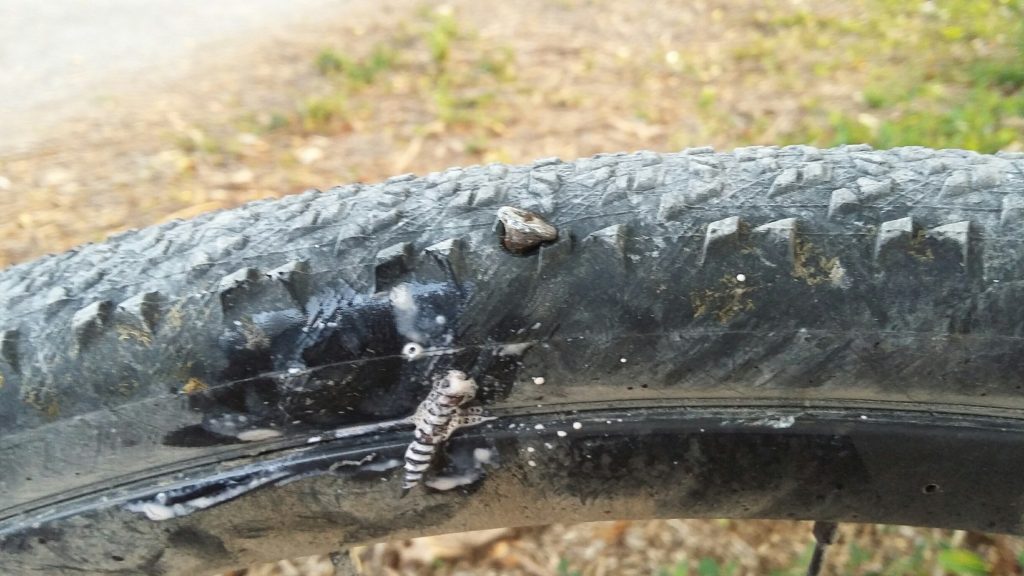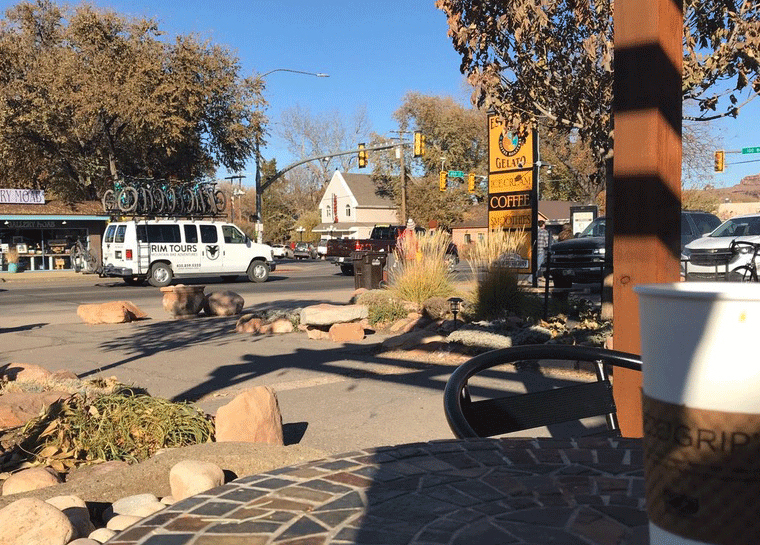For over a century most bicycles have used a system of tyres with tubes in them to keep them rolling along – and this has generally worked very well.
I’ve never really been an early adopter of new technology. The exception was when tubeless systems began to be discussed for bicycles about 15 years ago. The idea was simple, create a sealed rim bed on the wheel and a tyre that fits perfectly air-tight to the rim – a bit like modern car tyres – and you can do away with the tube. And now, quite reasonably, you might be asking “and what is the point of that?”.
There are many advantages.
Fewer punctures and less pressure
Most tubeless systems use a small amount of liquid sealant in the tyre. This liquid will seal most punctures, meaning that you can carry on riding often without even noticing you’ve had a puncture. It’s only when I swap tyres over at the changes of the seasons that I sometimes see all the thorns sticking through my tyre carcass. Each one of these would have been a, possibly cold and wet, stop to change a tube.

With tubeless tyres you don’t even notice the thorns
Apart from things sticking into the tyre the other classic way to get a puncture is through an impact – on a rock, root or kerb for example – where the inner tube gets pinched between the tyre and the rim of the wheel. This type of puncture is often referred to as a “snakebite” because the impact leaves a pair of fang-shaped holes in the tube that lead to almost instant deflation. Impact punctures are much more likely when tyres are run at lower pressures since there is not enough air in the tube to maintain the tyre shape.
Lower pressure more grip and less rolling resistance
Conventional theory, especially on road bikes, used to run something like this: the narrower and harder your tyres the faster you’ll go. When I was a youth this meant 21mm wide tyres pumped to around 120psi (pounds per square inch). What this led to in practice was less grip, more deflection and less control. You can find endless threads on the internet devoted to arguments around rolling resistance, but in a nutshell a consensus has formed around the idea that slightly wider tyres run at slightly lower pressures roll more efficiently than narrow tyres run at higher pressures by essentially smoothing out the road or trail. There is, as with most things, a sweet spot to be found – larger tyres run at too low a pressure can feel draggy and imprecise.
With tubeless tyres the risk of impact punctures is greatly reduced, meaning you can run tyres at lower pressures increasing grip, reducing rolling resistance and improving control.
Are you ready to ditch the tubes?
There are lots of advantages to going tubeless, especially for riding off road and more especially still for riding off road on a cyclocross or gravel bike. The latter types of bike run with tubes are particularly prone to impact punctures because their relatively low volume tyres are often ridden over rough ground.

Even this sealed up and allowed me to ride home
If the idea of fewer punctures, greater control and rolling along more efficiently sounds appealing, pop into either shop and we can advise on whether your wheels and tyres are “tubeless ready”. If they are, we can set them up for you and if they’re not we can point you towards cost effective options to go tubeless. Either way, come and have a chat. Contact us on 01323 368457.

Trek Bikes have a great guide to going tubeless – check it out here


